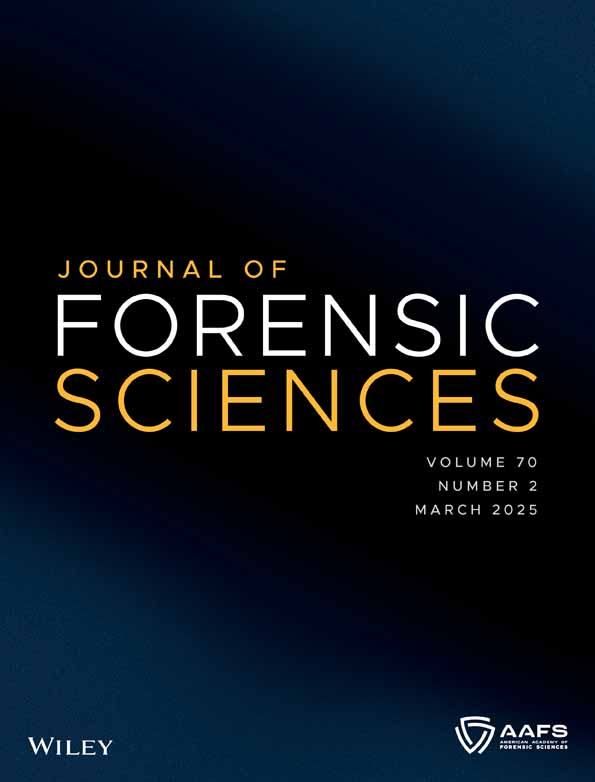Performance evaluation of a Cadre Forensics TopMatch-GS 3D system for cartridge case comparisons
Abstract
Three-dimensional (3D) measurement systems for firearm forensics are becoming more prevalent in forensic laboratories, and these instruments are typically coupled with algorithms to assist firearm examiners with comparisons. Due to differences in firearm feature reproducibility on different types of ammunition, comparison algorithms need to be tested utilizing a variety of ammunition brands. For this study, 30 shots were fired, utilizing six common ammunition brands, from each of the 10 casework firearms for a total of 300 cartridge cases. All cartridge cases were scanned on a Cadre Forensics TopMatch-GS 3D desktop system and compared using Cadre's breech face and firing pin aperture shear algorithms for a total of 44,850 comparisons. Receiver operating characteristic (ROC) curves and the area under the curve (AUC) were used to quantify the performance of the algorithms when comparing within and between ammunition brands. Same ammunition brand comparisons (AUC = 0.964) performed statistically significantly better (p = 0.0075) than different ammunition brand comparisons (AUC = 0.944). Overall, the results generally indicated greater reproducibility of characteristics from a firearm when the ammunition in a comparison is the same, however, Cadre's algorithms demonstrated excellent overall discrimination between same and different-source comparisons regardless of ammunition brand (AUC = 0.946). Additionally, score thresholds were evaluated for easier interpretation of what algorithm results mean for practitioners, where 68.6% of same-source comparisons resulted in a similarity score greater than 0.5. These results should assist the field in moving toward the use of algorithms to assist examiners in casework comparisons.
CONFLICT OF INTEREST STATEMENT
The authors have no conflicts of interest to declare.




